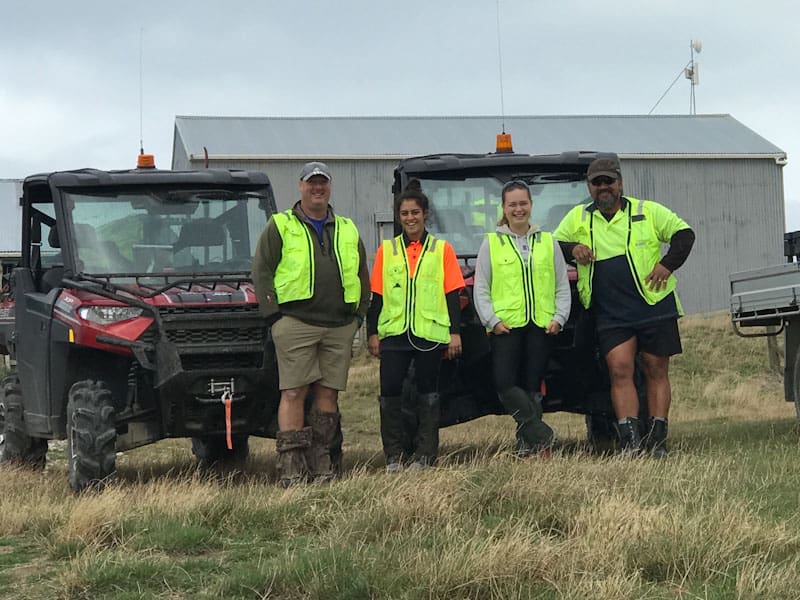They’ve been trapping on farms around Te Matau-a-Māui/Hawke’s Bay and monitoring to determine whether it reduces the prevalence of toxoplasmosis in sheep. This disease, caused by the parasite Toxoplasma gondii, increases abortion rates in sheep and has been estimated to cost Hawke’s Bay farmers $1 million annually in lost lambs and vaccines.
The parasite can only reproduce in cats and are shed in their faeces, which can be picked up by animals such as sheep, pigs and humans through contaminated soil, water or plants.
Cape to City biodiversity officer Natalie de Burgh says feral cats were already a target of the project’s pest-control efforts.
“So measuring any reductions in the incidence of toxoplasmosis, as a result of feral cat control, would be a great economic outcome for the programme.”
The project started with a baseline survey of toxoplasmosis rates in 2015, followed by an intenisve trapping period to knock down the feral cat population. Maintenance control has continued ever since, punctuated by surveys of toxoplasmosis rates in 2017 and then again this summer.
Surprisingly, the Manaaki Whenua – Landcare Research report showed disease prevalence on both treatment and control farms increased between 2015 and 2017. In the study progress report the authors suggest this might have been caused by an increase in rainfall over the two years.
Natalie says this summer they are hoping there’s a detectable decrease in the incidence of toxoplasmosis on the properties where they’ve been trapping.
“But at the very least we will have an understanding on whether or not more effort is required,” she says.
“We already have the results from this year’s testing, which is currently being analysed by Manaaki Whenua and the report should be out in the new year.”

Cape to City is one of three BioHeriatge Challenge flagship sites – work that we support because they are also working towards reversing the decline of New Zealand’s biological heritage.
